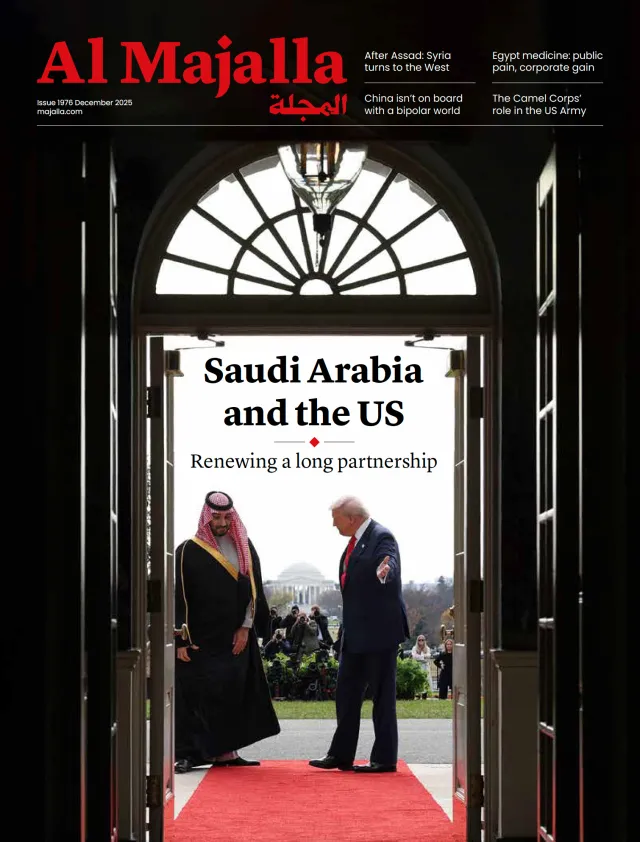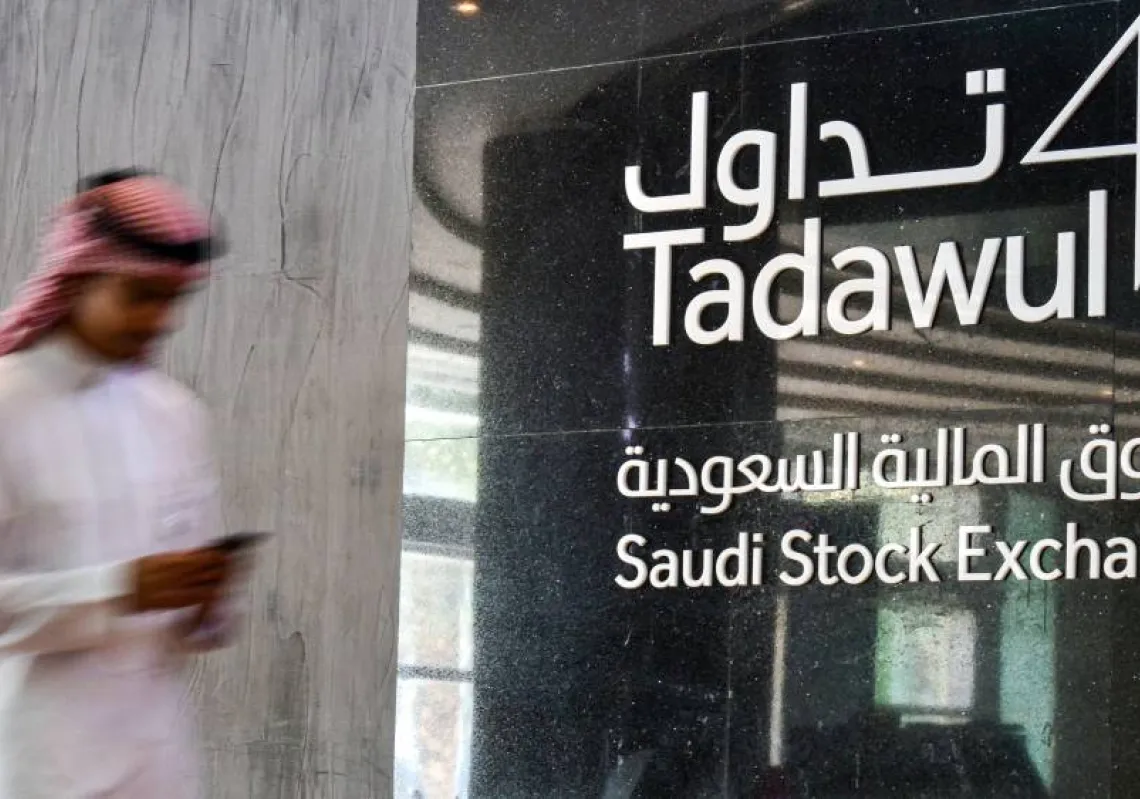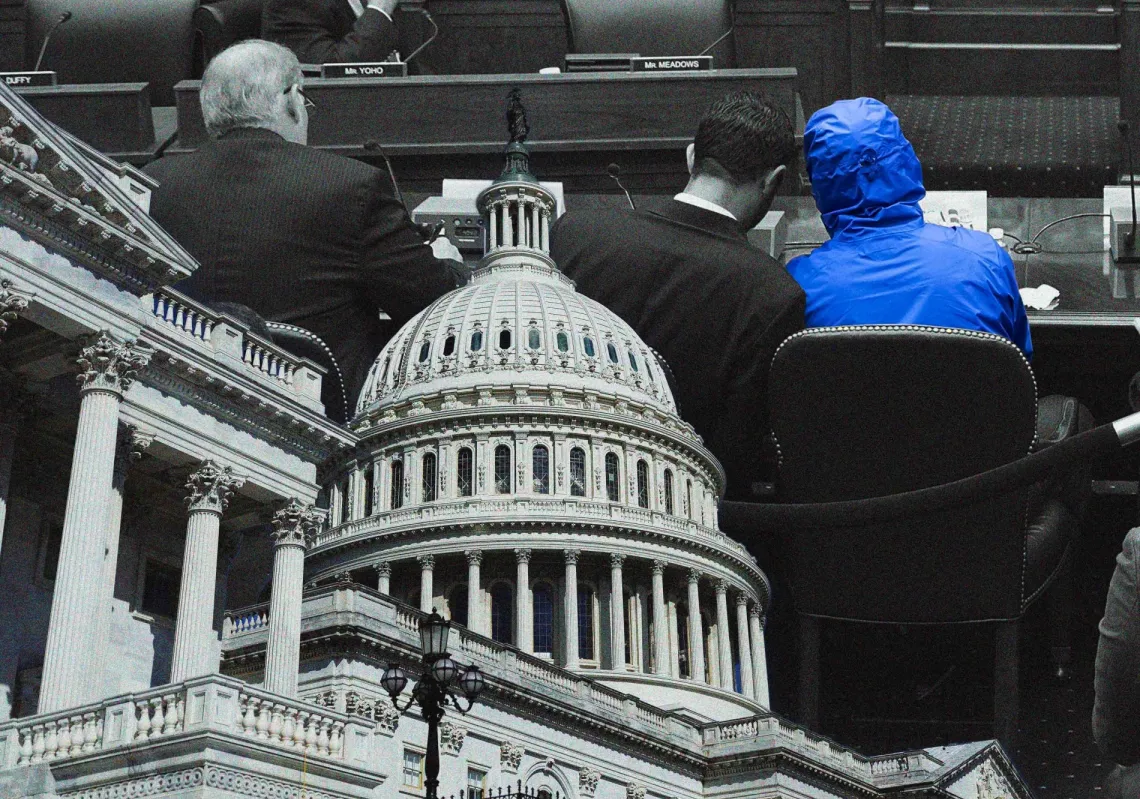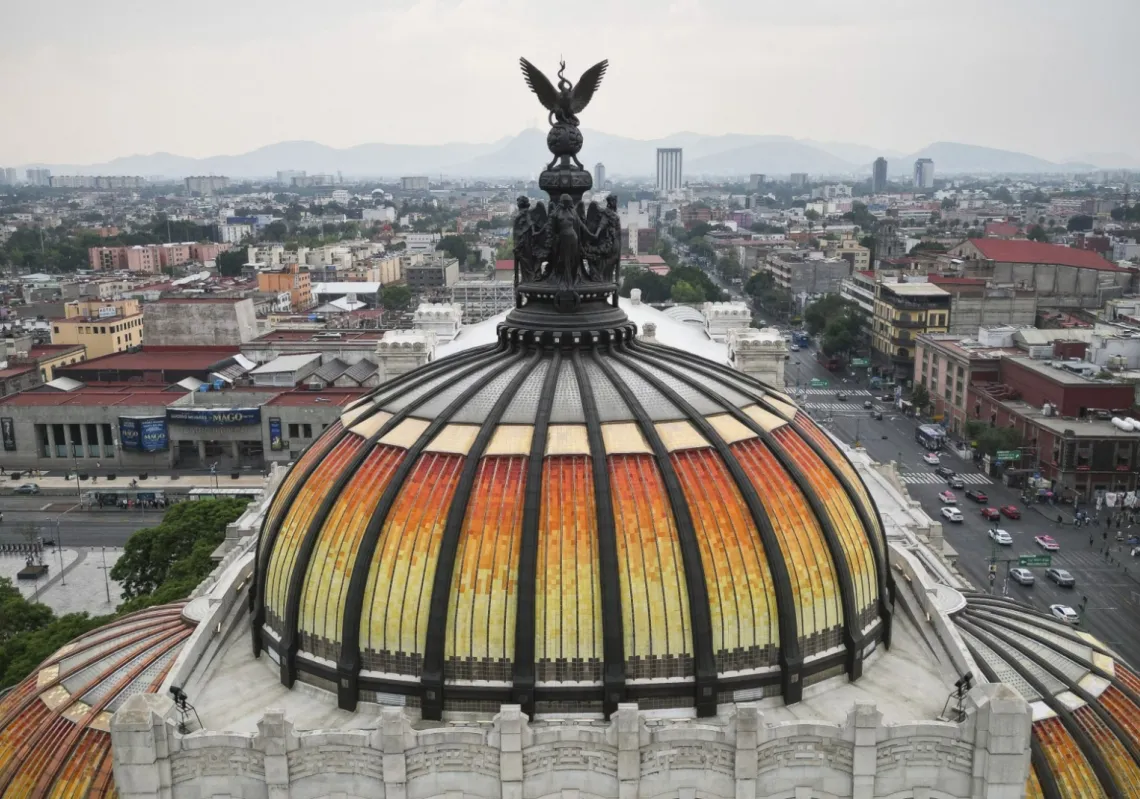In our first instalment of a two-part series on the evolution of Saudi Arabia's economy, Al Majalla outlined the beginnings of the country's transformation toward development, powered by the oil boom and companies and institutions like Aramco and OPEC. In the second part here, we demonstrate how Vision 2030 reforms have helped the country diversify its economy in a bid to reduce its dependency on oil.
The Saudi economy is the biggest in the Middle East and among the top 20 globally. Strong growth since the 1970s has given the country a highly influential role in the Middle East and a prominent place globally, powered by oil revenue.
Having previously relied almost entirely on income from the energy sector, estimated to be worth between $15tn and $30tn, second only to Russia, a series of ambitious reforms under the Vision 2030 banner has helped Saudi Arabia diversify its economy at an unprecedented pace.
The process comes as the national population is expected to grow. According to estimates from the General Authority for Statistics, the population was 37.6 million in 2025 and expected to reach approximately 40 million by 2050.

As the Kingdom strives to provide higher living standards, it has prioritised forms of production, and new export industries have reduced its dependence on oil. To be sure, oil sector revenues are still hugely important, contributing to approximately 60% of the national budget and 45% of the gross domestic product (GDP), but non-oil sector growth is projected to be around 3% in 2025, according to the International Monetary Fund's World Economic Outlook, fifth among the G20 countries.
Upskilling for a brighter future
Vision 2030 reforms seek to channel the power of the private sector to drive such growth through upskilling the population and creating a vibrant workforce—a process economists refer to as “vertical development”.
To power this economic transformation, Saudi Arabia understands that knowledge and expertise are key. To this end, it has helped establish more than 200 scientific research centres across the country. It also has around 29 public universities and 16 private universities, alongside more public and private colleges and institutes, as well as military colleges.
The private sector has played a key role in creating jobs, and a key goal of Vision 2030 has been to bring women into the workforce. By 2024, female workforce participation reached 43%, exceeding the 2030 target ahead of schedule, and Saudi businesswomen now lead significant, productive enterprises across various industries.
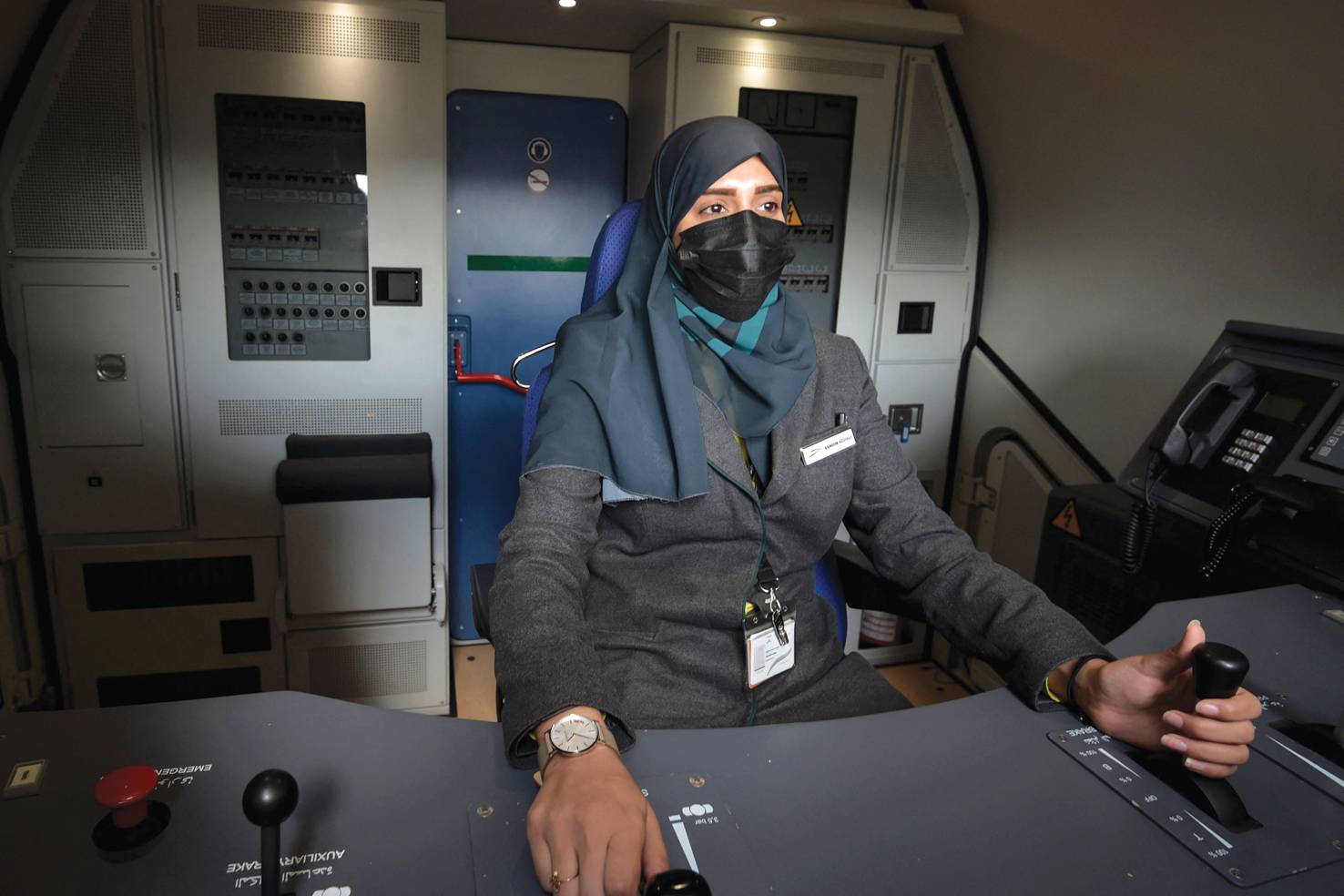
Wider labour laws help safeguard workers' rights, including regarding working hours and salary levels. Provision is made for holidays, medical care, insurance, retirement pensions, a healthy work environment, occupational safety and health standards, health and social insurance, and work injury benefits.
The role of the private sector
Free market economics are at the heart of Vision 2030 and have helped the private sector across different sectors innovate, thrive and grow with minimal government intervention.
Entrepreneurialism was already a part of the Saudi economy, with dynamic businesspeople playing a key role since the 1980s and even before, but it was in that decade when innovation rose to the fore.
Private sector pioneers typically started with modest ventures, but supportive state policies helped elevate the private sector nationally and internationally. They were backed by prominent figures—most notably King Salman bin Abdulaziz, who was then the Emir of the Riyadh region—and drew on wider international expertise from the Arab world and beyond.
Agricultural reforms bear fruit
The agricultural sector experienced significant growth and began producing a wide variety of agricultural products, supplying Saudi markets with fresh, local produce, including vegetables and fruits. This agricultural advancement also included poultry farming, led by national joint-stock companies such as Al-Wataniya and Fakieh.

